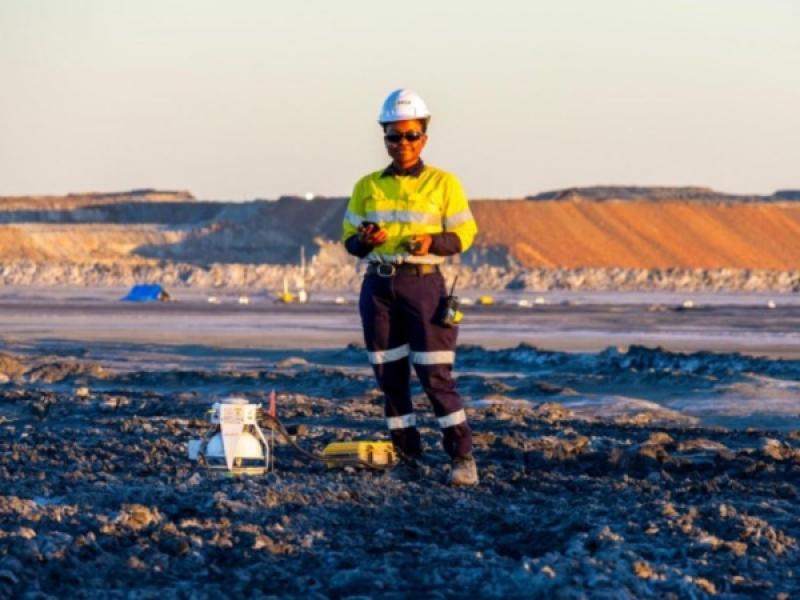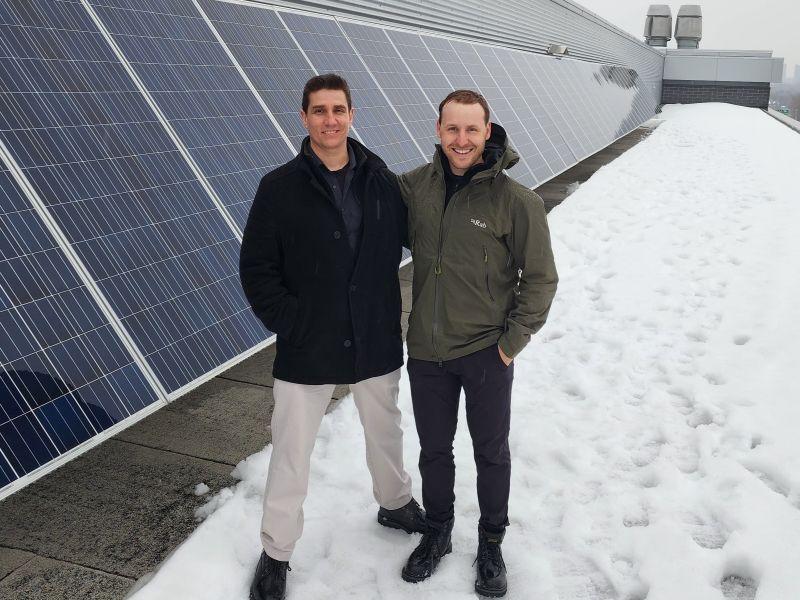
SHARC Energy’s PIRANHA system, installed in the Seven35 townhomes in North Vancouver. (Courtesy SHARC International Systems Inc.)
SHARC International Systems Inc.‘s pipeline of sales for its wastewater energy treatment (WET) technology grew by almost a third compared to the previous quarter.
As of the end of August, that pipeline now totals $9.8 million, up 27 per cent from April of this year.
“We have over 30 opportunities making up that $10 million in our pipeline and we have another, I’d say almost in the $30 to $40 million range of quoting what’s out there with distributors and different parties,” said Hanspaul Pannu, SHARC Energy’s CFO.
The Vancouver-based company was founded in 2011 and went public in 2014.
“At the end of 2019, the deals you’re seeing hit the income statement now are the deals that we had in our pipeline at that stage, effectively . . . we think that’s going to deploy in the next 24 months from disclosure.”
SHARC Energy’s (SHRC-CN) technology — in the form of a SHARC or PIRANHA system — recycles thermal energy from wastewater which can then be used in heating, cooling and hot water production for commercial, residential and industrial buildings. The SHARC is intended for district energy, large commercial or industrial use while PIRANHA is ideal for apartments, hotels or commercial use.
During the first six months of the year, the company’s revenues rose to $1.04 million, up 254 per cent from $0.3 million during the same period last year.
The increase in revenue and sales can be broken down into contracts for about 35 PIRANHA and 10 SHARC systems, according to Pannu.
Wastewater energy treatment
The company’s systems are installed where wastewater exits. These systems extract the heat from wastewater to preheat the water that is fed to the customer’s hot water tank or boiler. The PIRANHA HC can also supplement cooling by taking energy from wastewater and transferring it into a refrigeration circuit.
Both systems operate on a closed loop, meaning the wastewater doesn’t interact with the incoming clean water.
According to Pannu, about 938 trillion litres of wastewater in the world each year are warmed to about 17 to 20 degrees Celsius, which equates to several trillions of dollars worth of thermal energy which can be recovered.
With SHARC Energy’s systems, he said for every dollar of electricity which is used, the systems draw about $4 of energy output. He attributes this to the consistency of wastewater compared to air source units, for example.
The actual emissions reductions from SHARC Energy’s systems vary depending on the size of the building, its needs and the number of occupants. However, a United Nations Environment Programme report states transitioning to low-carbon district energy systems could contribute 58 per cent of the CO2 emission reductions required in the energy sector by 2050 to keep global temperature rise to within two to three degrees Celsius.
A 2020 study from Fortune Business Insights states the global district heating market size was about $226 billion in 2019 and is projected to reach approximately $266 billion by 2027.
Before 2019, Pannu estimates there were about 20 SHARC systems installed in Vancouver, the U.K. and the U.S. In late 2019 and early 2020, the company dedicated itself solely to an OEM model, which is when the distributors started rolling in.
“The early years were a lot of R and D,” Pannu said. “Ontario has been very good for us . . . It’s not driven by the things that we thought that we need to look for. Initially, we thought we needed policy and incentives and rebates to help people adopt, but it seems that we’re building a significant pipeline in Ontario just based off of rising natural gas prices and the uncertainty there.”
SHARC’s sales pipeline
Pannu attributes about 75 per cent of the company’s pipeline to its distributors, the highlight being a joint sales and marketing agreement in August with Salas O’Brien, an employee-owned engineering firm.
“Now we have engineering support, which was maybe a skill set that we were lacking in-house. At the same time, they’re bringing a robust variety of clients from commercial, from a variety of industries,” Pannu said.
Salas O’Brien, headquartered in Santa Ana, Calif., has 55 offices in the U.S. and Canada with over 1,600 employees.
Another distributor is HTS Ontario. HTS, the largest independent built-to-order commercial and industrial full-service HVAC distributor in North America, was selected to supply two PIRANHA T15 WET systems for a housing complex in Ottawa, to be delivered in the fourth quarter of this year.
In its own contracts this year, SHARC Energy installed its systems into leləm̓, a 22-acre, 1,200-residence master-planned community at the western edge of Vancouver developed by the Musqueam Capital Corporation.
Perhaps the most significant though was the project commissioned by the National Western Center, an urban hub in Denver to be completed in 2024. First put on SHARC Energy’s radar in 2018, it is operating the largest scale wastewater district-energy system in North America to date at 3.8 MW, with two SHARC systems playing a key role.
Commissioned in the first quarter of this year, the first phase is expected to recover thermal energy from 3,000 gallons of wastewater every minute, preventing 2,600 metric tonnes of CO2 emissions annually.
Overall, the company’s key markets are broken down into five cities and their surrounding areas: Seattle, New York City, Denver, Toronto and Vancouver. By 2025, its goal is to have a sales pipeline in the range of $100 million.
SHARC Energy is also developing a carbon offset strategy for the voluntary market.
“We’re really expecting big things in these next two, three years, and then into the rest of the decade, I think by 2030, SHARC is going to be a household name,” Pannu said. “Wastewater energy transfer is going to be a key component of any region’s climate action plans, and (the plans for) lowering greenhouse gas emissions that they’re implementing.”










